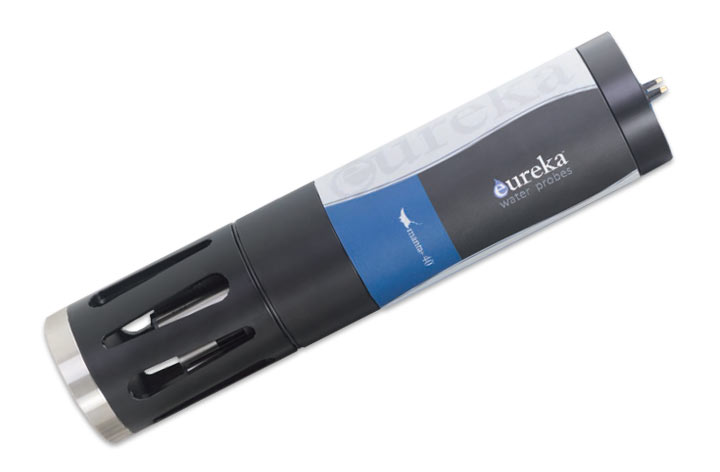CDOM (Dissolved Organic Matter)
Coloured dissolved organic matter (CDOM) is a mixture of soluble organic compounds and is an essential component of biochemical cycling. Also known as yellow substance, CDOM primarily appears in aquatic environments due to tannin-stained waters released from decaying detritus. In aquatic systems it controls nutrient availability, UV light penetration, metal availability and transport, ecosystem productivity and can create disinfectant by-products during water treatment processes. CDOM represents a large proportion of the total DOM pool particularly terrestrially derived humic and fulvic acids. Due to the light absorption (often fluorescent) properties of CDOM, concentrations can be accurately measured in-situ using submersible optical sensors.
CDOM diminishes light as it penetrates the water resulting in a limiting effect on photosynthesis. It can inhibit the growth of phytoplankton, which form the basis in the aquatic food chain and is a primary source of atmospheric oxygen.
Pure water absorbs longer wavelengths red light, whereas CDOM absorbs short wavelength light ranging from blue to ultraviolet. Therefore water with little or no CDOM appears blue. If there is CDOM traceable in water it will be green or brown.
Although CDOM is primarily the result of natural processes, humans can also affect CDOM levels through agriculture and wetland drainage. CDOM concentrations are much higher in fresh waters than in the open ocean.






